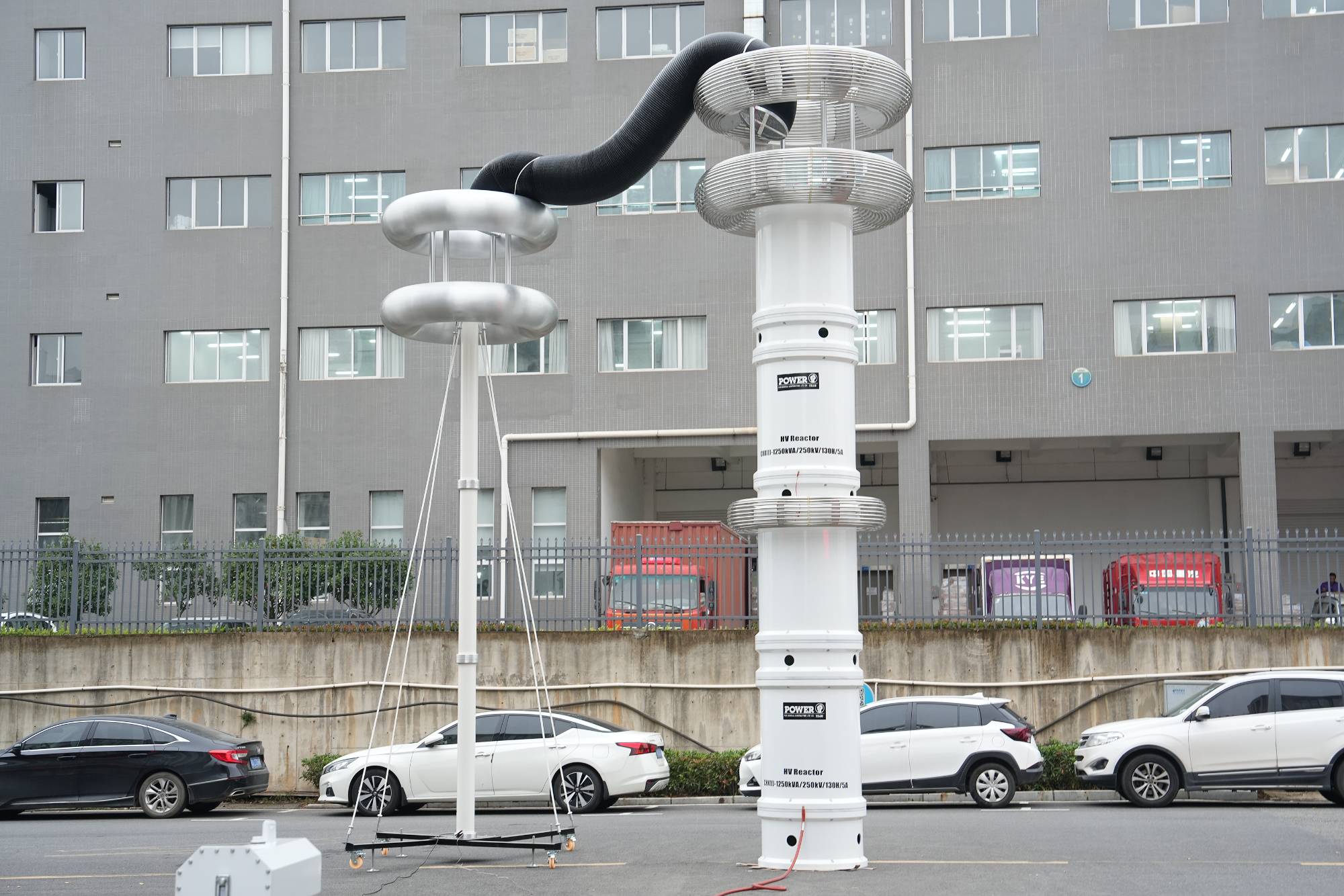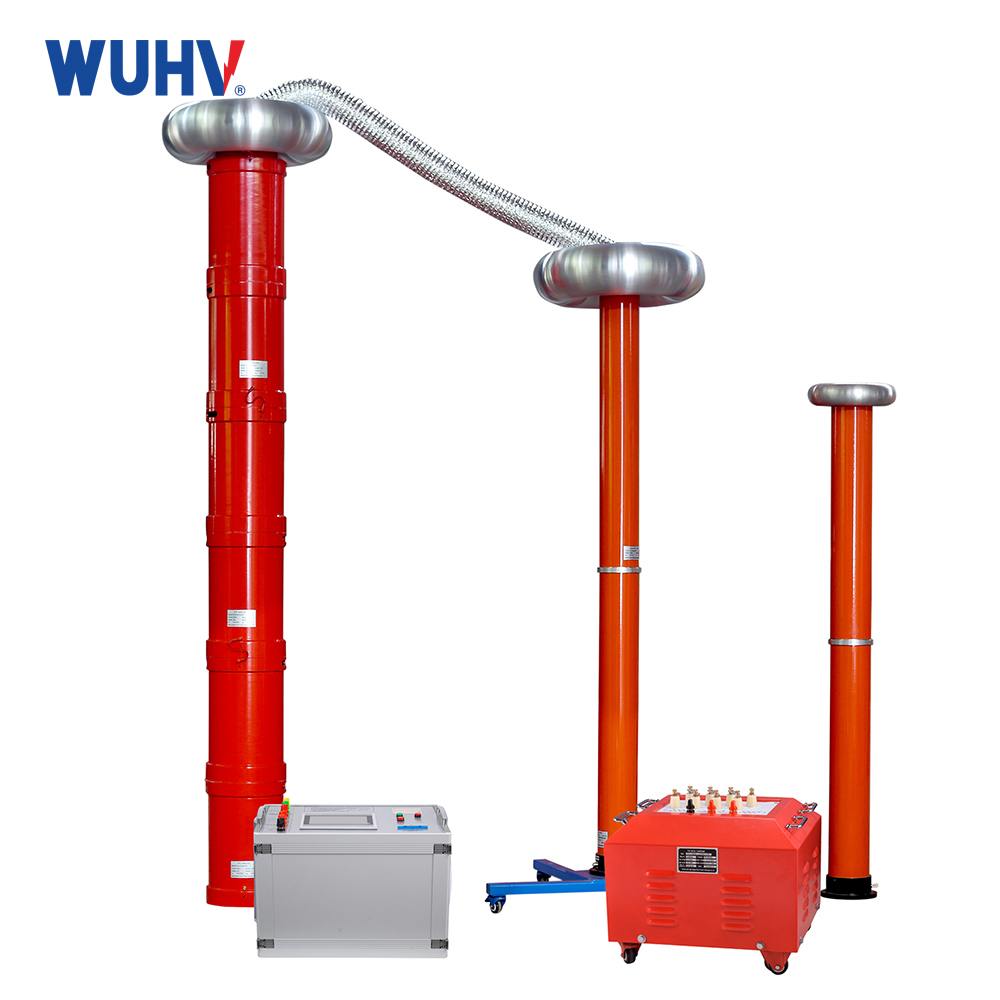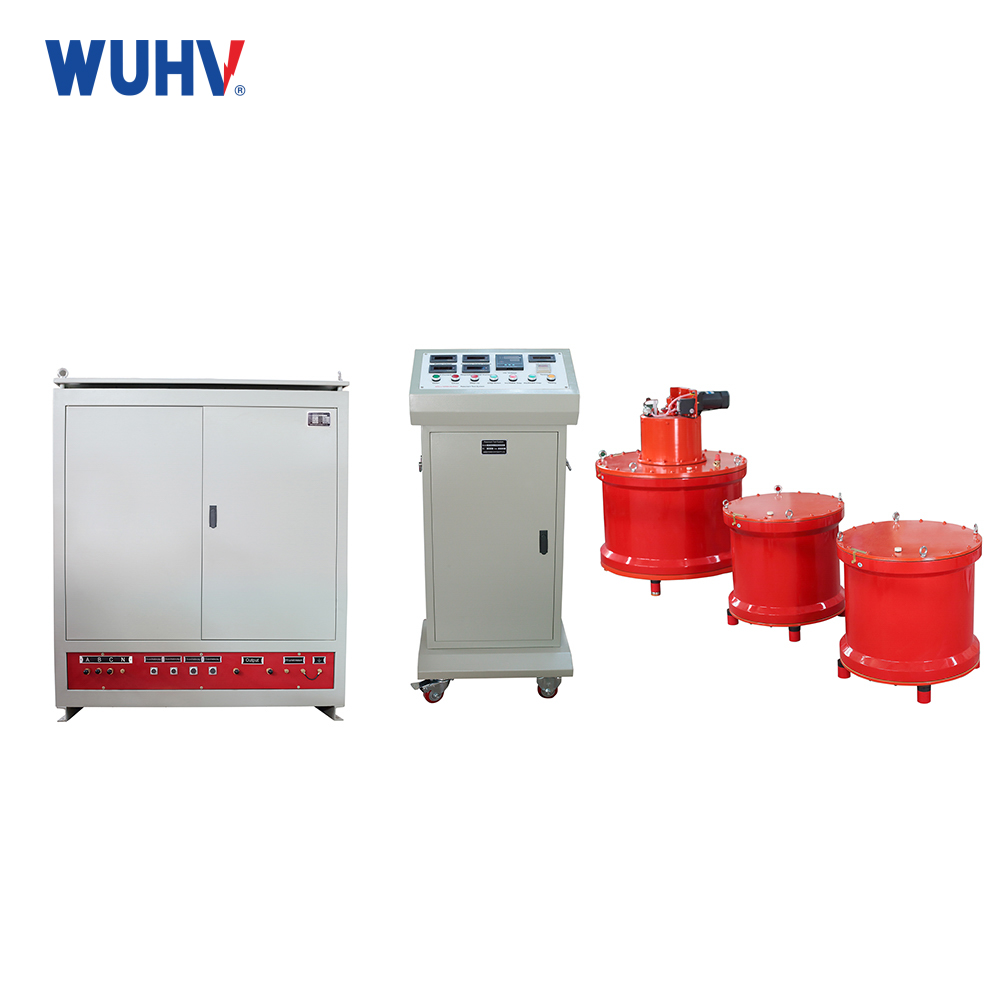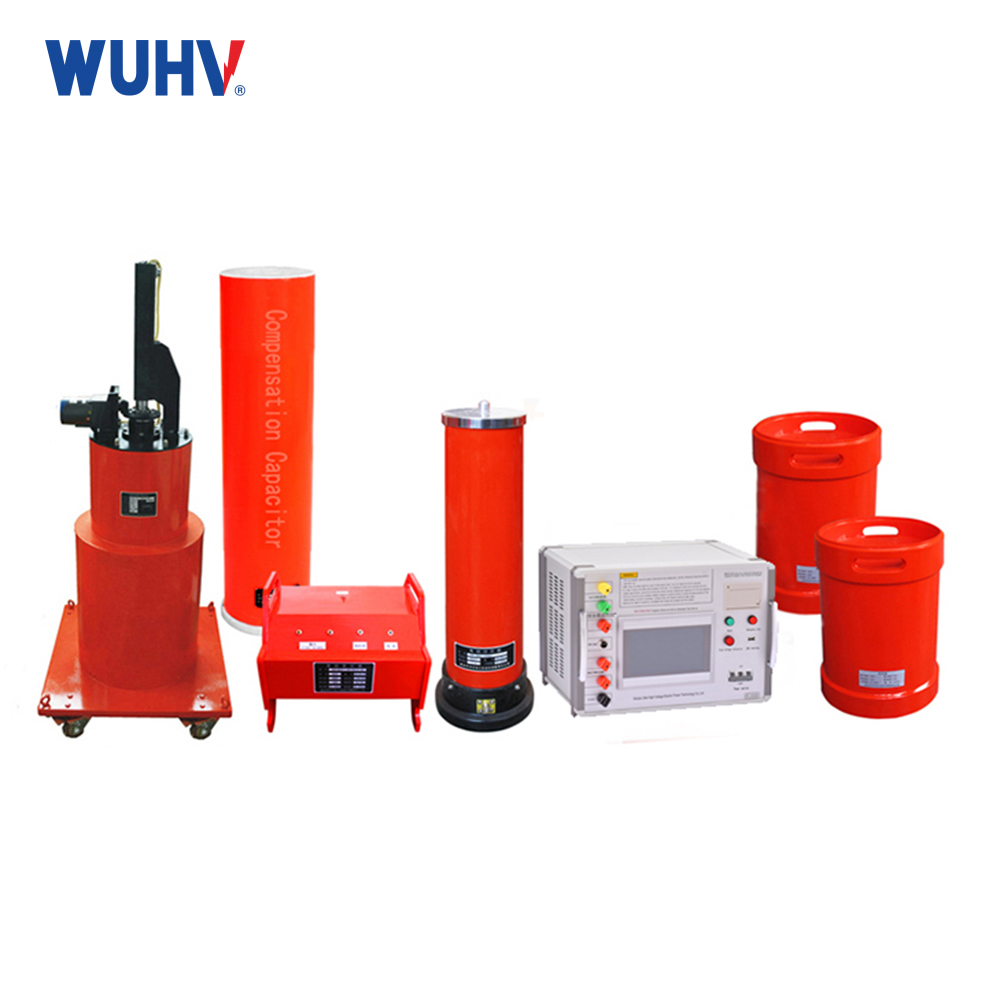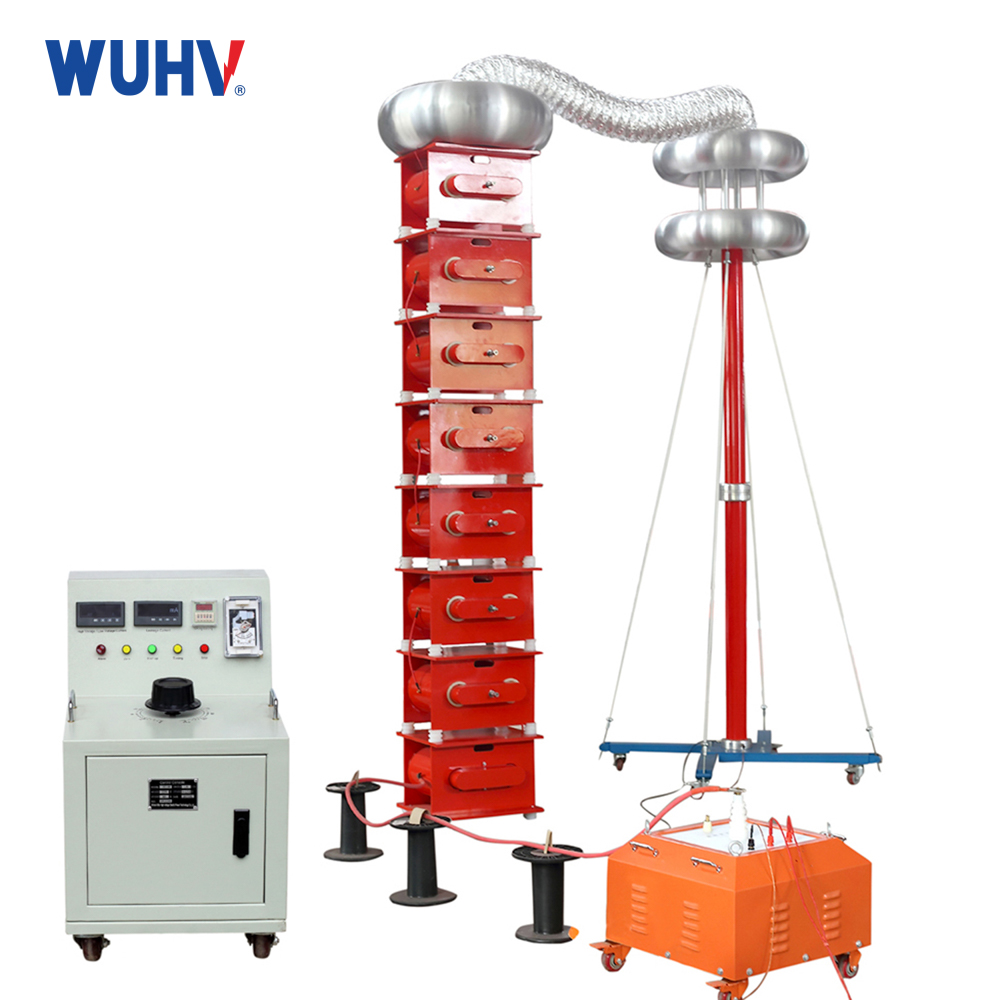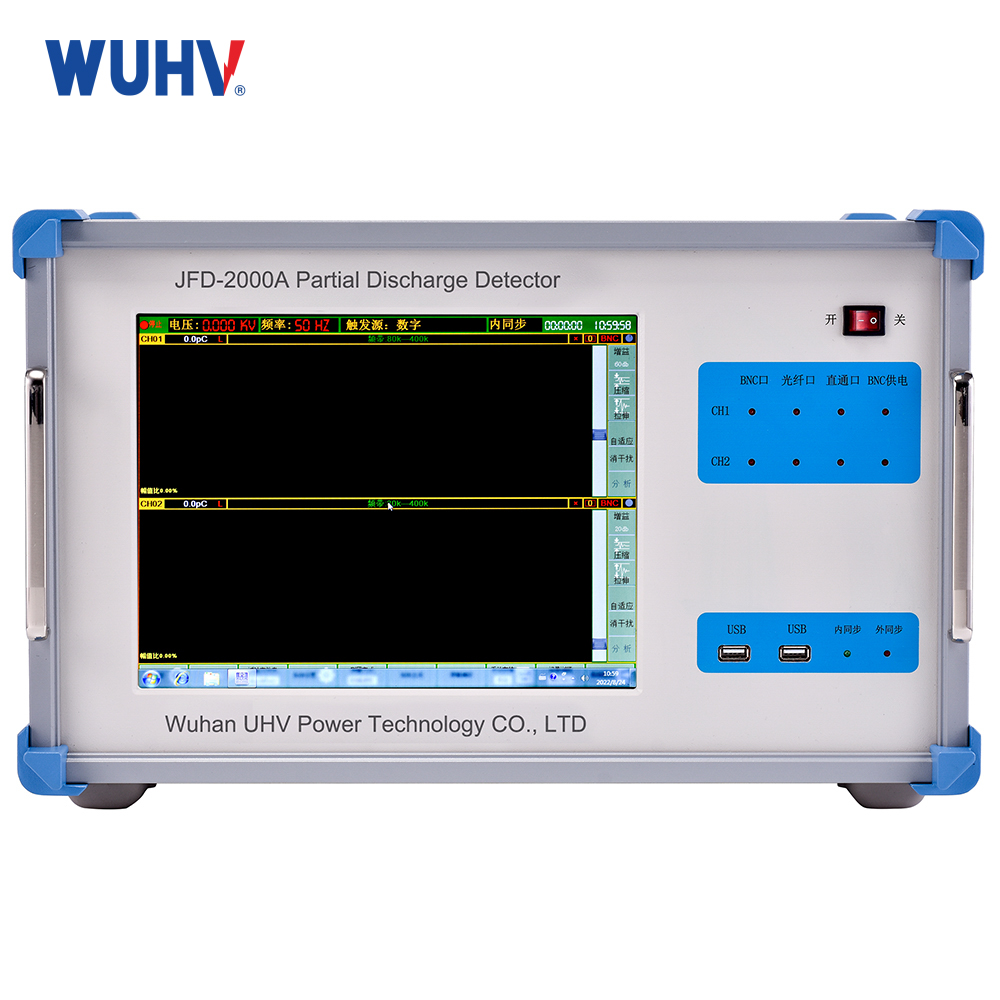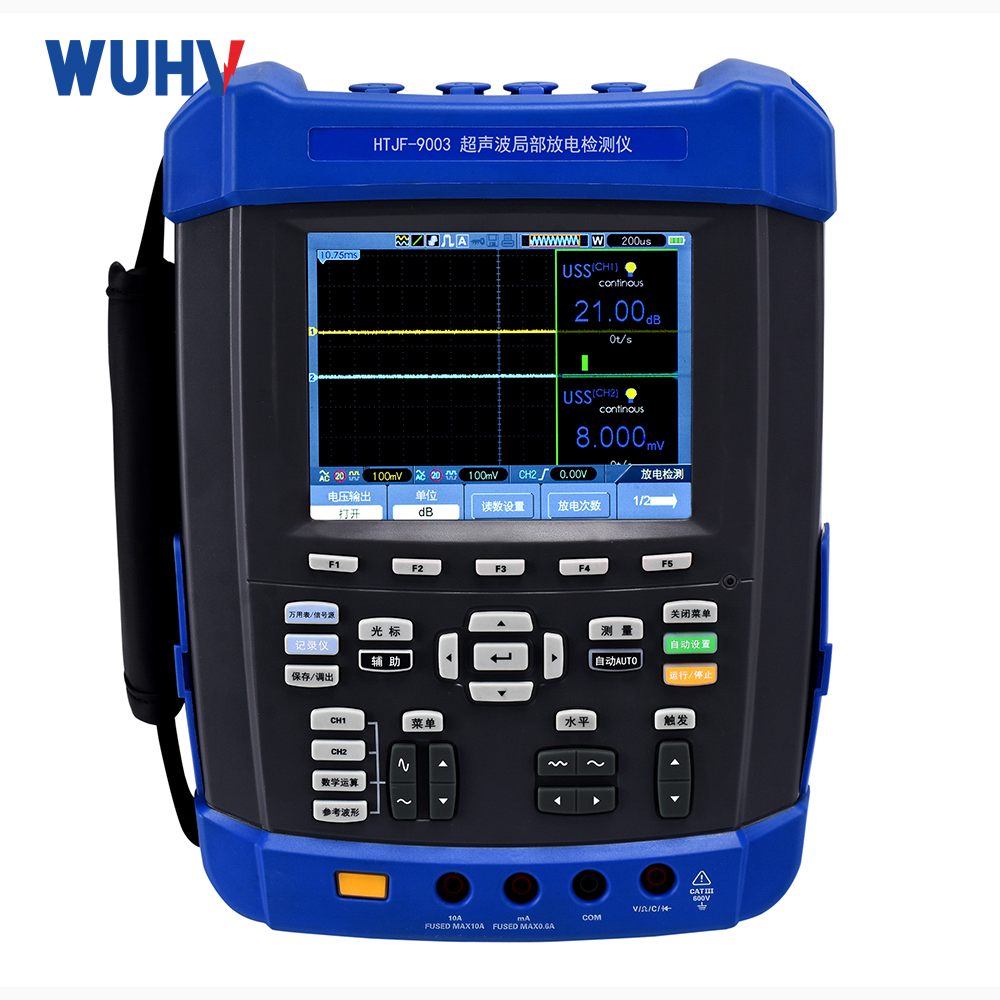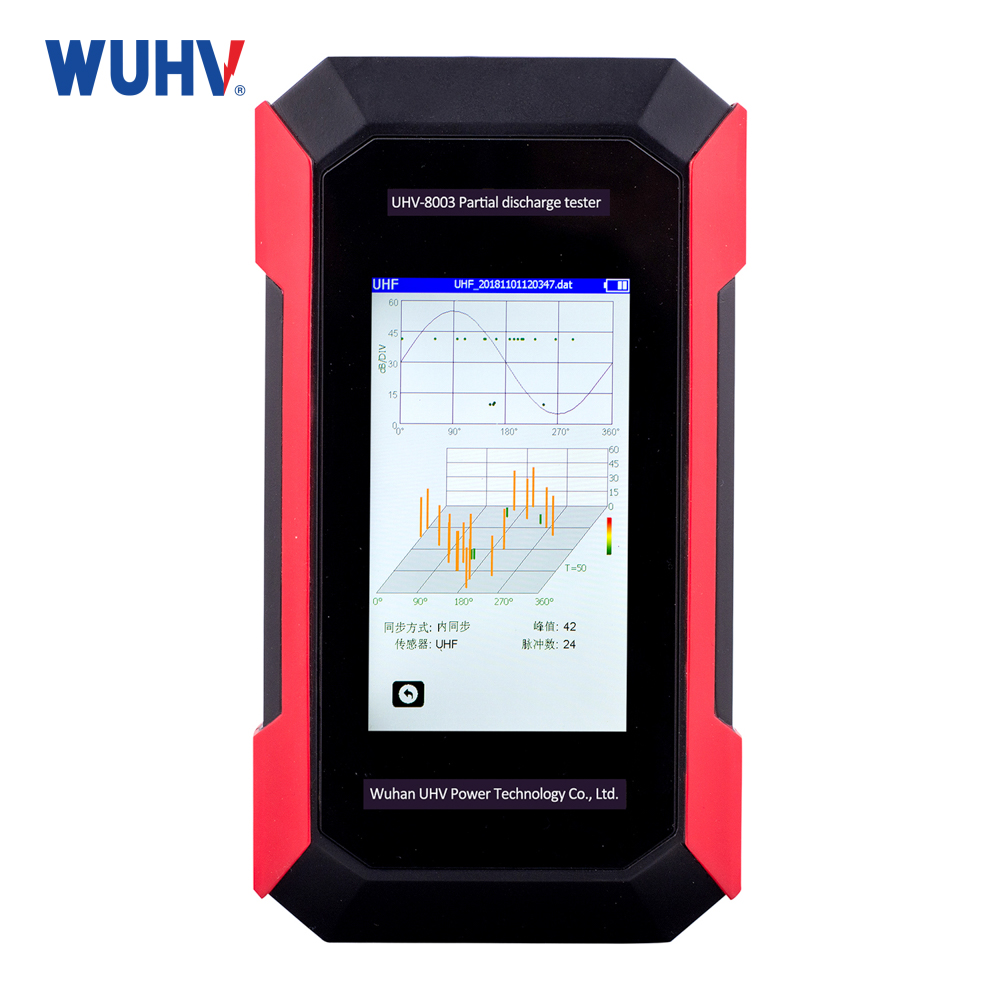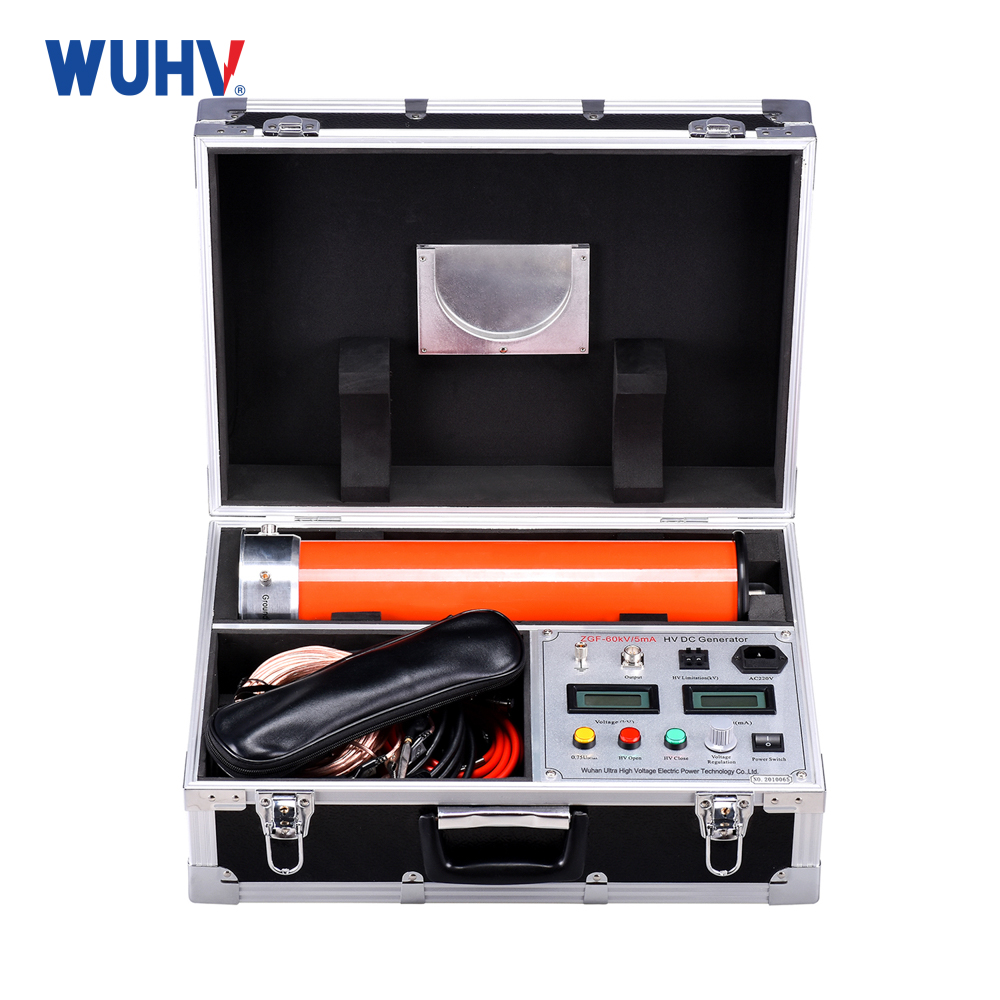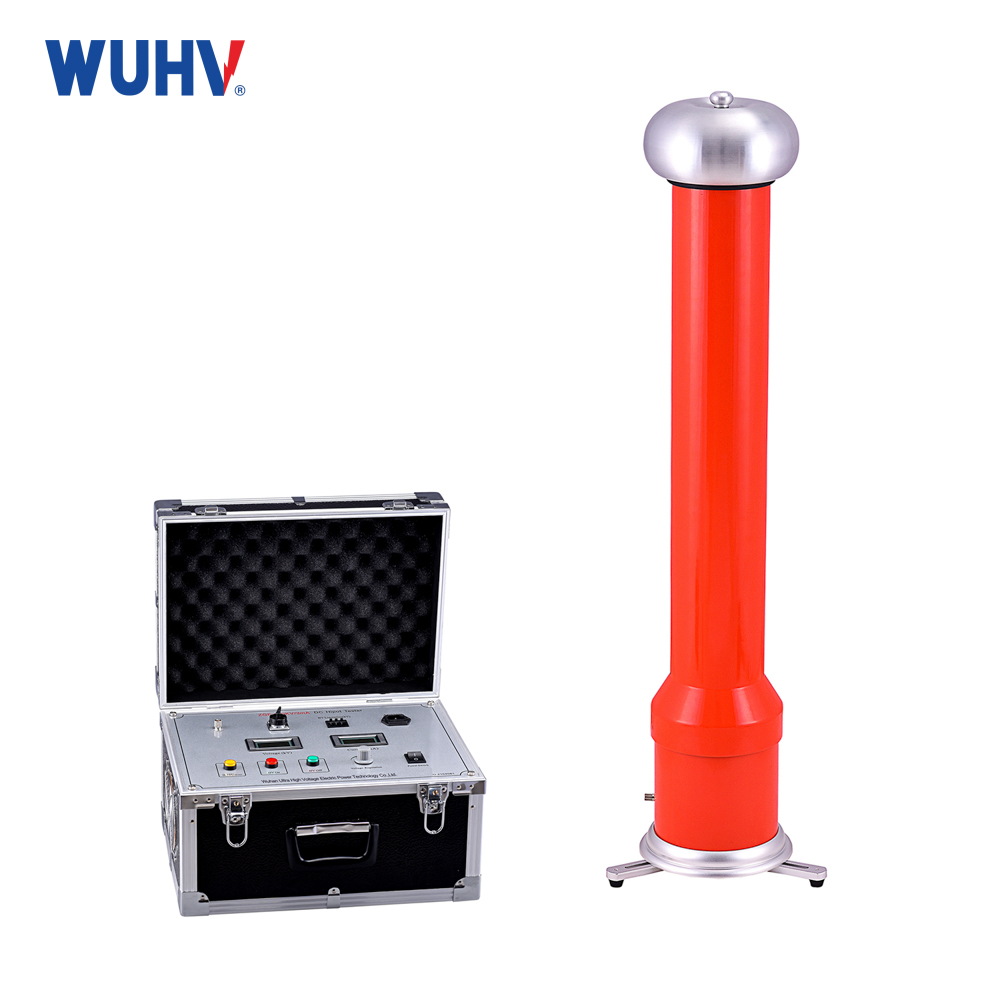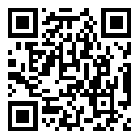The reason why the resistance is not equal to the power supply voltage during resonance is that when resonance occurs, the voltage on the resistance is the sum of the power supply voltage and the voltage of the charging and discharging capacitor. Therefore, the resistance voltage=power supply voltage+capacitor voltage, not equal to the power supply voltage. When aseries resonancecircuit resonates, the total impedance of theseries resonance deviceis equal to the resistance, and the total resistance of the series resonance is equal to the voltage on the resistance. At this time, there is voltage on both the capacitor and the inductor, and the voltage on the inductor is equal to the voltage on the capacitor, but the voltage direction is opposite. When operating, be careful not to mistakenly think that there is no voltage on the capacitor and inductor, which may cause safety problems.
The frequency selection characteristics of a series resonant circuit are usually represented by the Q value. The larger the Q value, the better the frequency selection characteristics. The total resistance of the series resonant circuit is related to the series circuit, Q=ωL/R=1/ωCR, Therefore, the smaller the R=(external resistance+internal resistance), the better. For parallel circuits, the larger the R, the better. Of course, the issue of maximum power output should also be considered. Therefore, generally, the internal resistance of series resonance is equal to the external resistance of series resonance; If the signal source is constant and the external resistance is constant, it is necessary to adjust the external capacitance and inductance appropriately to increase the frequency selection characteristics of the circuit; Why is it that when a series resonance experiment occurs in the circuit, the voltage on the resistor is lower than the voltage of the signal source, and the current in the series circuit is the same everywhere? This is not only the same effective value, but also the same instantaneous value, that is, it is the same at all times.
The current in the inductor and capacitor is different from the voltage at both ends. The voltage at both ends of the capacitor lags behind the current by 90 degrees, while the voltage at both ends of the inductor leads the current by 90 degrees. Now that the current phase in the inductor and capacitor is the same, the voltage at both ends of the inductor is opposite in phase to the voltage at both ends of the capacitor. That is to say, at any time, the voltage on the capacitor and inductor are mutually "cancelled out"; Series resonance refers to the fact that both inductive and capacitive reactance are frequency dependent, and there must be a certain frequency at which the inductive reactance and capacitive reactance are equal. Since the voltage across the inductor is the product of inductive reactance and current, and the voltage across the capacitor is the product of capacitive reactance and current, at this frequency, the voltage across the inductor is exactly equal in magnitude and opposite in direction to the voltage across the capacitor, completely canceling each other out. In an AC circuit with resistor R, inductor L, and capacitor C components, the voltage at both ends of the circuit is generally different in phase from the current in it; If the parameters or power frequency of circuit components (L or C) are adjusted to make them phase the same, the entire circuit will exhibit pure resistance, and this state of the circuit is called resonance.
The total resistance ofseries resonanceis in a series circuit composed of resistance, inductance, and capacitance. When the capacitance reactance XC is equal to the inductance reactance XL, that is, XC=XL. The phase of voltage U and current I in a circuit is the same, and the circuit exhibits pure resistive behavior, which is calledseries resonance. When a series resonance occurs in a circuit, the impedance of the circuit is Z=√ R2+XC, and the voltage on the reactive element is the highest, so it is also called voltage resonance. Many places in life are designed using the principle of series resonance. The capacitor and reactor of the test object form a series resonance connection, and the resonant voltage of the voltage divider is used as an overvoltage protection signal. The frequency modulation power output is excited by the series resonance excitation power.
In a series circuit, there are two methods to measure the quality factor Q of the total resistance circuit in series resonance. One is to determine it according to the formula Q=UL/U0=Uc/U0, where Uc and UL are the voltages on capacitor C and inductor L at resonance, respectively. Another method is to measure the passband width △ f=f2-f1 of the resonance curve, and then calculate the Q value based on Q=f0/(f2-f1). In the equation, f0 is the resonance frequency, and f2 and f1 are the upper and lower frequency points when the amplitude of the output voltage drops to 1/√ 2 (=0.707) times the maximum value. The larger the Q value, the sharper the curve, the narrower the passband, and the better the selectivity of the circuit; When powered by a constant voltage source, the quality factor, selectivity, and passband of the circuit are only determined by the parameters of the circuit itself and are independent of the signal source. Series resonance refers to the phenomenon where a certain frequency is applied as an excitation voltage source to the two ends of a series resonant circuit consisting of a series resonant resistor, capacitor, and inductor. When the total inductance is zero, the excitation source is directly applied to the resistor. The ratio of the total resistance ofseries resonanceto the resistance in the circuit is the quality factor, but the quality factor cannot be less than zero. If it is less than zero, the circuit will experience self-excited oscillation.


